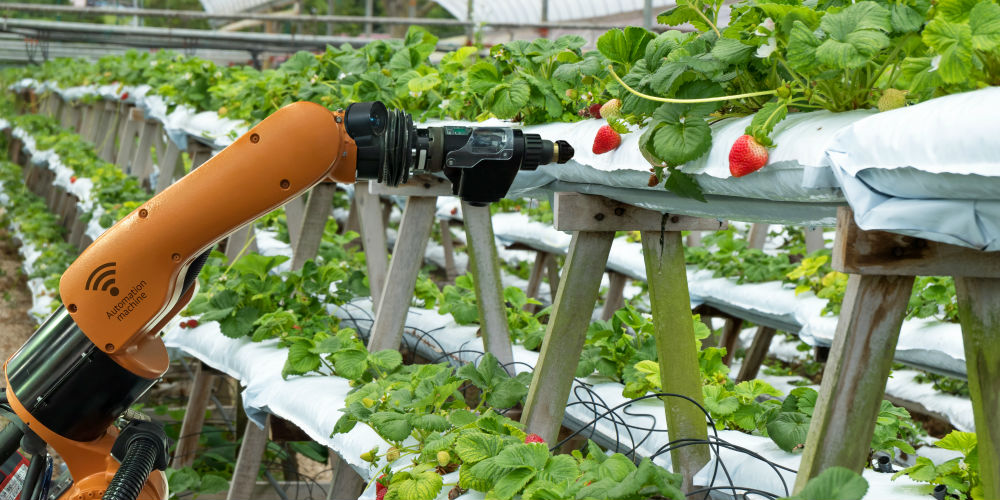According to experts, the fast-food industry might see a major overhaul with robots and digital kiosks, CNBC says.
One of the reasons why tech might be moving into the space is because of the high turnover rate. Popular fast-food chains, like Panera Bread and McDonald’s, see an employee turnover rate at 100 percent or higher per year; currently, the turnover rate costs fast-food restaurant $2,000 per employee, CNBC reports.
Additionally, a decreased interest in obtaining a job in a fast-food restaurant, particularly serving, is a contributing factor to the current industry crisis. Low wages, little to no career paths, and the belief that jobs in the fast-food industry should be temporary motivate people to find jobs in different spaces.
“You talk to an employee here in the U.S. and it [working in fast-food] is nothing to be proud of,” Abraham Pizam, Dean of Rosen College of Hospitality Management at the University of Central Florida, told CNBC. “It’s a job until I graduate or until I’m back on my feet. No one who thinks of a job as temporary is motivated.”
Finally, usage of kiosks to order meals in fast-food restaurants continues to climb. Some restaurants are implementing kiosks in order to save money on other costs as the average cost of a fast-food meal increases, which is achieved by investing in automated services, and cutting back on employees. Similarly, current customer traffic in the fast-food industry is leaning towards digital ordering on kiosks, mobile devices, and apps.
“NPD Group expects digital orders to increase 23 percent a year over the next half-decade,” CNBC says. “Restaurants have an economic incentive to make sure this shift continues to accelerate.”
A Full Tech Takeover in Fast-Food: Not So Fast
While industry trends seem to point to robotics, automation and other solutions taking over fast-food restaurants, other experts aren’t buying that idea.
Some, like Rosemary Batt, chair of HR Studies and International & Comparative Labor at the Cornell School of Industrial Labor Relations, say that the industry can fight the labor crisis by “hiring better managers and treating workers with more respect.” Having more positive interactions with employees isn’t costly, and just requires managers to pay more attention to employees. “…It will pay off in lower turnover and more satisfiers workers and better operations,” Batt told CNBC.
Adam Brotman, CEO of Brightloom, says just because there is more technology usage in fast-food restaurants doesn’t mean it will fully take over. In fact, he says that technology and humans can work together to make a restaurant more profitable. For example, kiosks break up long lines and drive larger sales, and help restaurants direct human labor to more meaningful tasks, such as customer service.
“Really what we are seeing is a combination of front-of-the-house automation with traditional human customer experience at the point-of-sales or handoff lane, counter,” Brotman told CNBC. “That combination is ideal for quite a while.”
If you enjoyed this article and want to receive more valuable industry content like this, click here to sign up for our digital newsletters!










Leave a Reply